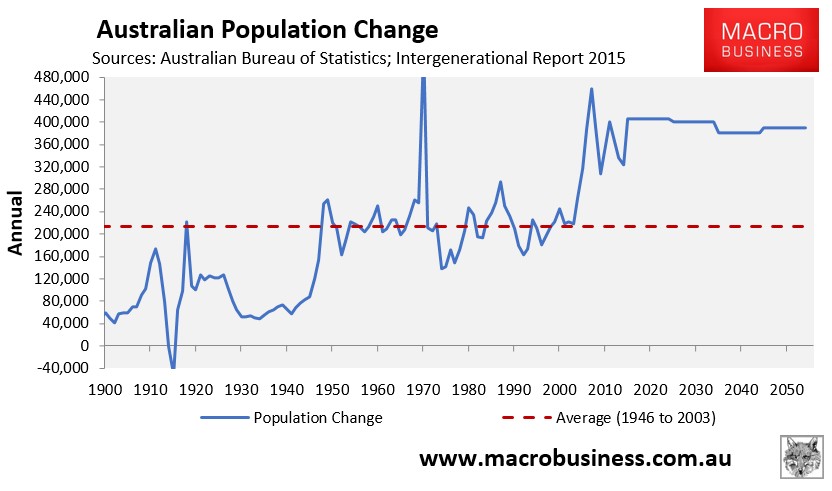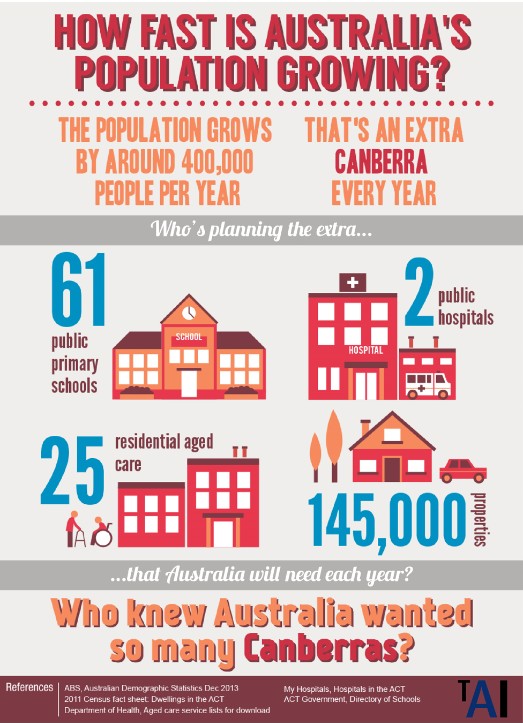Last October, The Age ran a detailed report on how Melbourne’s hospitals are being overrun by the ongoing population influx caused by Australia’s mass immigration program:
…leaked data indicates there has been no improvement in ambulance “ramping” and that this month hundreds of patients waited longer than an hour to get into an emergency department while under the care of paramedics.
The queues are tying up paramedics when they should be free to respond to urgent cases. Doctors say the problem persists because hospitals are too full.
…units were so busy that junior doctors were performing resuscitation on patients without the presence of senior clinicians – something that previously did not happen. Dr Giannios said crowds of people waiting for care can trigger agitation and violence, causing risks for patients and hospital workers.
“There are times when things get so chaotic and crazy, you wonder if you’ll get out alive,” said the doctor, who called for the government to fund more hospital beds and resources…
On Friday, the Australian Medical Association (AMA) released its 2017 Public Hospital Report Card, which revealed that Australia’s public hospitals are failing to keep up with the population influx. From the Daily Telegraph:
Thousands of patients are dying before they get elective surgery as waiting times blow out by 37 per cent, a damning new report on public hospitals has found…
This is the highest waiting time in 14 years, and a 37 per cent increase since the turn of the century.
More than 14,000 patients waited over a year for their surgery and official figures show 7,000 patients died while they were waiting or could no longer be contacted…
The picture in emergency departments is no better with not a single state meeting the target to treat 80 per cent of patients within four hours…
Public Hospitals are failing 40 of the 48 performance benchmarks they set themselves an Australian Medical Association Public Hospital Report Card has found…
Both federal and state governments have cut their spending on public hospitals and bed numbers are not keeping pace with the growth in the population, the report shows.
So here we have yet another example of Australia’s dysfunctional population ponzi in action.
The Federal Government massively ramped-up immigration from 2004, which has lead to surging demand for infrastructure, housing, schooling and hospitals (among other things).
However, the states have been unable to accommodate this growth – due in part to incompetence, but also through lack of funding courtesy of Australia’s famous vertical fiscal imbalance, whereby the federal government collects most of the revenue.
The federal government’s Intergenerational Report projected that Australia’s population would grow by an average of 394,000 people per year between 2016 and 2055, representing nearly double the annual level of population growth to that of the post-war to 2003 period (see below chart).

As illustrated by The Australian Institute, this level of population growth will require the building of an additional 61 public schools, 2 public hospitals, and 25 residential aged care facilities each and every year:

Ongoing population growth without adequate planning and investment means more time lost in traffic, more expensive (and smaller) housing, less public services (e.g. health and education), and overall lower living standards.
The equation is that simple, but so often ignored by our politicians and policy makers, who prefer to take the sugar hit from growth without undertaking the necessary investment, leaving incumbent residents to suffer the resulting reduction in living standards.

